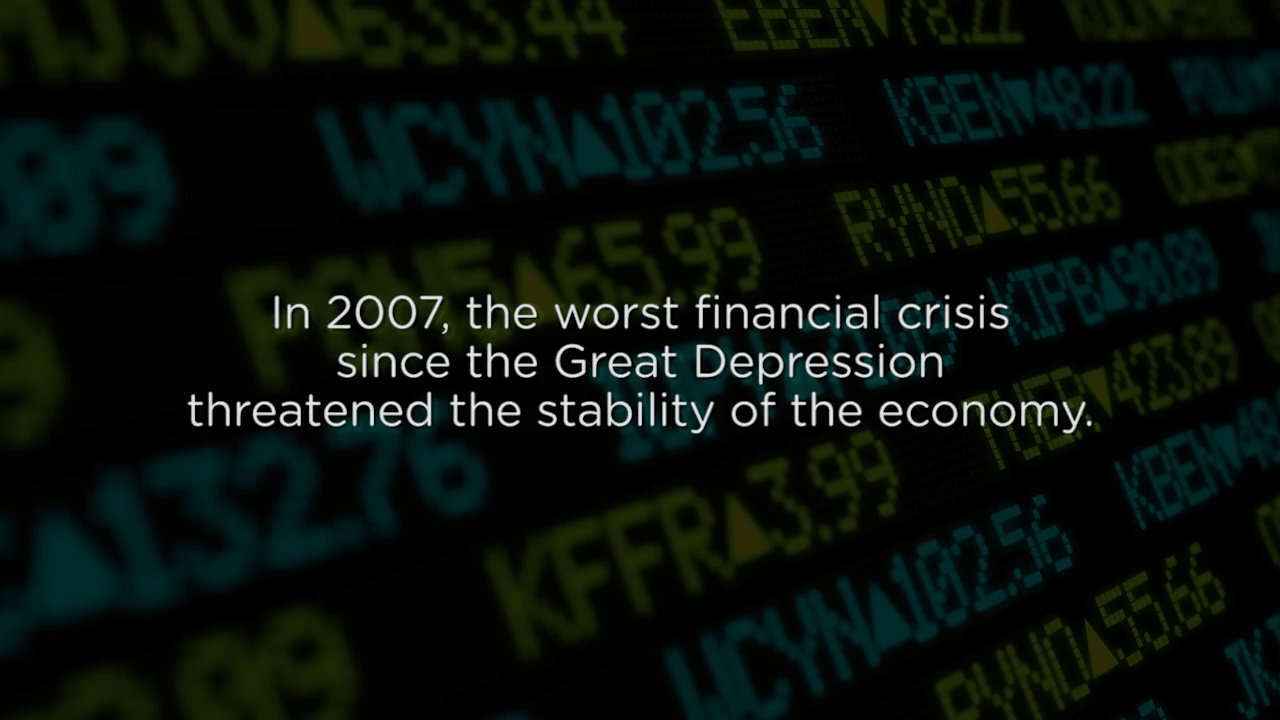How the Federal Reserve Responded to the Financial Crisis

Wolf Blitzer: You're in the Situation Room. Happening now, we're following breaking news.
Narrator: Less than two years after Chairman Bernanke took office, he was faced with the worst financial crisis since the Great Depression.
Ben Bernanke: In a panic, when when people are pulling all their money out of financial institutions, what the central bank does is provide short-term loans, which helped the banks stabilize. And that's what we did during 2008, 2009.
If you asked most people, I think they would say that the Fed spent a lot of taxpayer money trying to stop the crisis and bailed out banks, and that kind of thing. The fact is the Fed doesn't spend government money. What the Fed does is buy and sell assets in the market.
Narrator: Those assets are U.S. Treasury bonds and government-guaranteed mortgage securities.
Bernanke: Or we make short-term loans, which are then repaid.
Narrator: Loans repaid with interest.
Bernanke: In the last three years, the Fed has given the Treasury 200 billion dollars. That's profit. That's not loss, that's not cost.
In 2007, less than two years after Federal Reserve Chairman Ben Bernanke took office, he faced the worst financial crisis since the Great Depression. This video explains how the Fed acted in response.
For a deeper dive into the financial crisis and Great Recession, watch our this Q&A: Lessons Learned from the Financial Crisis or visit the Financial Crisis Interactive Timeline.

